Need more nature: Growing parks and protected areas
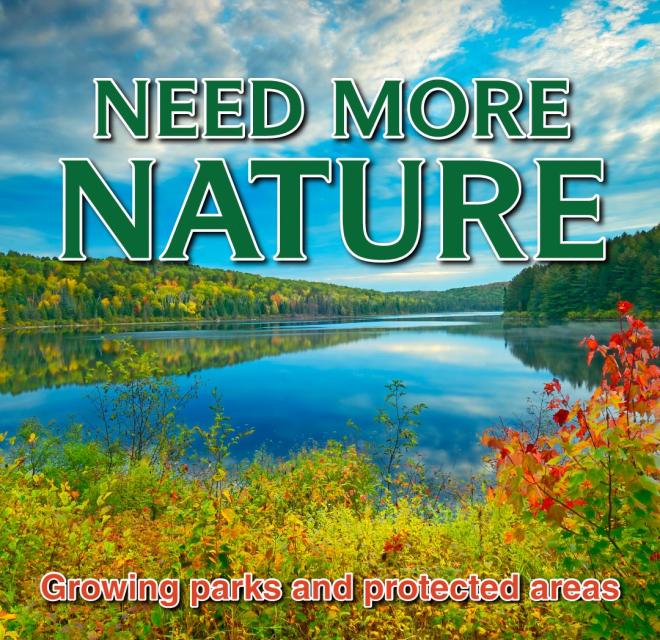
📢Take action for parks and protected areas
GATEWAYS TO WILDERNESS AND WELL-BEING
I sat on a shore in Ontario’s Algonquin Provincial Park a year before the pandemic, marvelling as my son soloed the canoe beneath the burning glow of the setting sun. Watching kids grow is powerful and poignant. It’s a privilege that I can offer my son the chance of growing up in intact nature, one afforded me in part because of the provincial parks set aside by past generations.
The consent and leadership of Indigenous communities is a prerequisite for any new protected areas and trails.
Parks provide us with a critical gateway to nature and the wilderness that feeds our souls. Research increasingly shows our good mood in nature isn’t just incidental fuzzy feelings — time spent in natural spaces benefits our health and wellness.
Read the PDF/print version of this publication
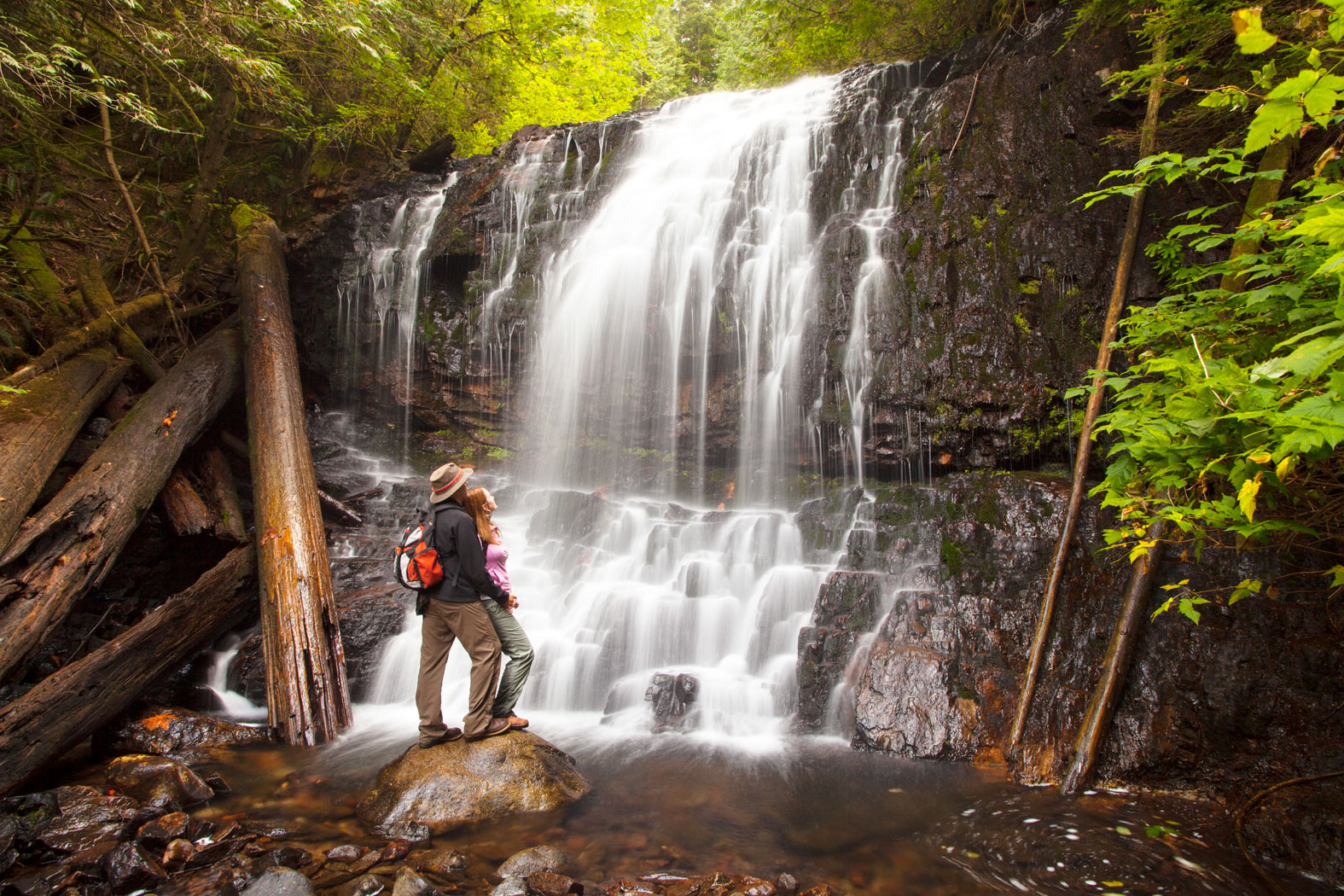
As the COVID-19 pandemic requires us to stay close to home, getting outdoors is one of our only ways to unwind and recharge. Provincial and territorial parks are the natural choice.
On the long weekend in May 2020, the first big camping weekend in Manitoba, I drove up into Nopiming Provincial Park. I was there for work, documenting illegal mining claims in boreal woodland caribou habitat. I also discovered the parking lots of Rabbit River and Seagrim Lake canoe routes completely overflowing with vehicles — the busiest I’d ever seen them.
BC Parks saw their reservation website crash the same year as 50,000 folks tried to book campsites simultaneously. In 2021 that outdoor busyness has persisted. Ontarians doubled the number of advance campsites they booked. The record increase of people visiting parks in most provinces has shone a glaring light on a problem: we don’t have enough destinations, trails and campsites. We don’t have enough parks.
While COVID-19 is driving the explosion in outdoor visits, the park problem is bigger. The number of provincial and territorial protected areas simply isn’t growing as fast as the population. What’s growing is the sheer volume of research and scientific evidence telling us we face twin crises. Climate chaos and the loss of biological diversity are happening here and around the world. Part of the solution? More parks and protected areas.
We know parks need to grow, but we need to do it in a good way. All lands and waters in what’s now known as Canada are the traditional territories of Indigenous Peoples. The consent and leadership of Indigenous communities is a prerequisite for any new protected areas and trails. In the past, parks were often established without consent and infringed upon the rights of Indigenous communities. These mistakes cannot be repeated if we are to reconcile relationships with First Nations, Inuit and Métis.
Scientists have pleaded with governments for more protected areas to preserve biological diversity. People are begging for more trails and nature experiences. The majority of us want more wild areas. Indigenous communities across the country have outlined pathways to do this. We have our mandate.
ALIGNING CONSERVATION WITH DECOLONIZATION
Growing parks can be an opportunity to uphold Indigenous governance. But without the leadership and informed consent of First Nations, Inuit and Métis peoples, new protected areas will continue to entrench the colonization Canada is built on.
Past provincial park creation involved the exclusion, displacement and marginalization of First Nations, Inuit, and Métis peoples. Parks were designated over top of their territories without consent and community activities were often banned. This terrible history is a barrier to new conservation efforts.
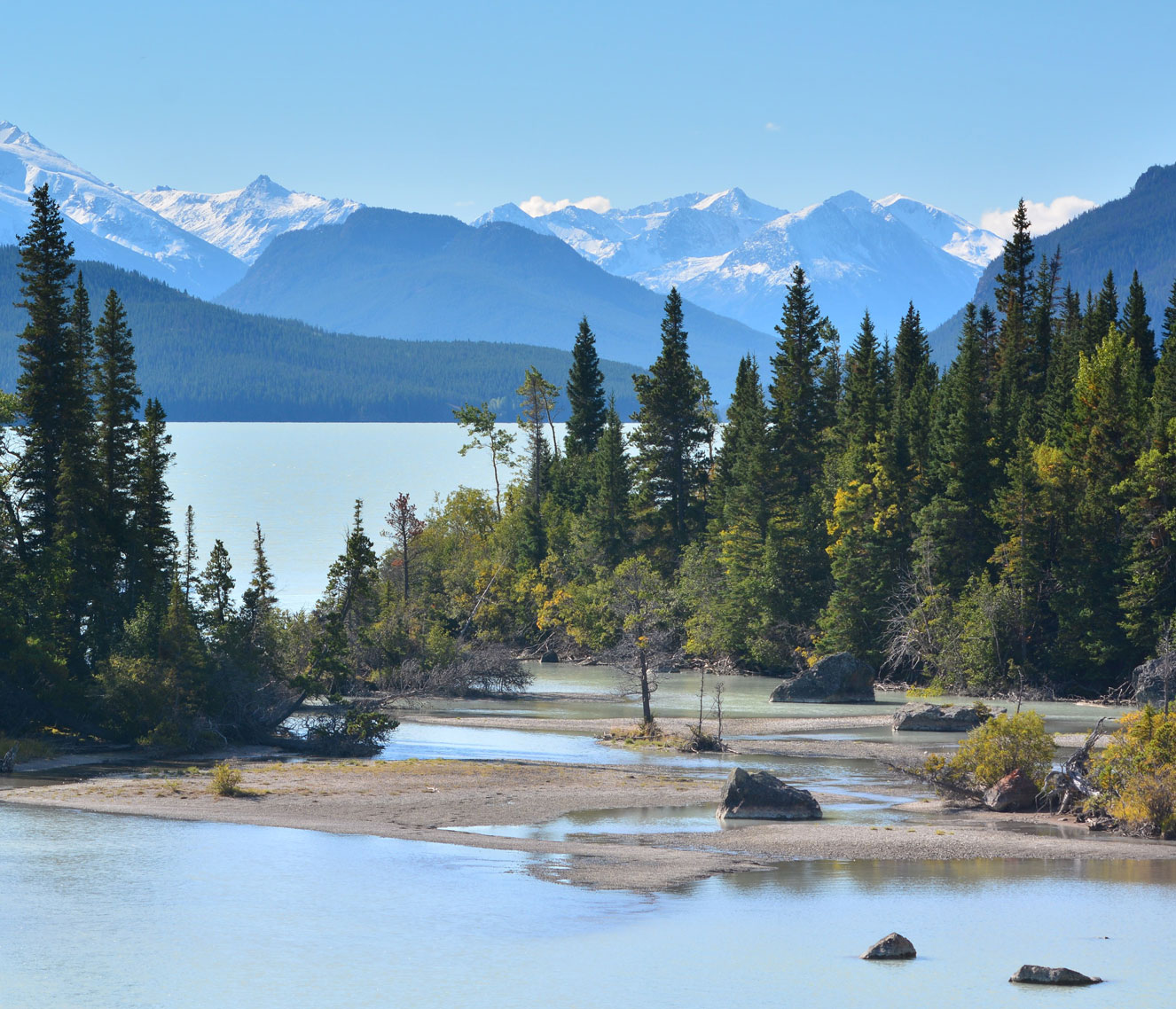
From Anishinaabe to Nuu-chah-nulth territories, my colleagues and I have had the privilege to learn from friends in Indigenous communities. We are being taught about how integral the lands and waters here are to their culture, health, identity and way of life. New protected areas must recognize and uplift this truth, not push it aside.
While there is no set definition for decolonization, it’s widely understood to be inseparable from Indigenous sovereignty and to require a rethinking of power and relationship to the land. The United Nations Declaration on the Rights of Indigenous Peoples aims to enshrine in law what’s needed to ensure the survival and dignity of Indigenous Peoples. This includes the right to free, prior and informed consent.
Many Indigenous communities have visions for their territories that include both economic development and areas to protect from industrial resource extraction. Provincial and territorial governments have a responsibility to support these visions and provide resources for their implementation. This needs to happen in a matter of years because we don’t have decades.
PROTECTING NATURE KEY TO A SAFE CLIMATE
We know we need to stop burning fossil fuels to prevent the carbon dioxide they release from warming the planet. But we also have to leave ecosystems intact, both to prevent the carbon release that occurs when nature is destroyed and absorb the pollution we’ve already created.
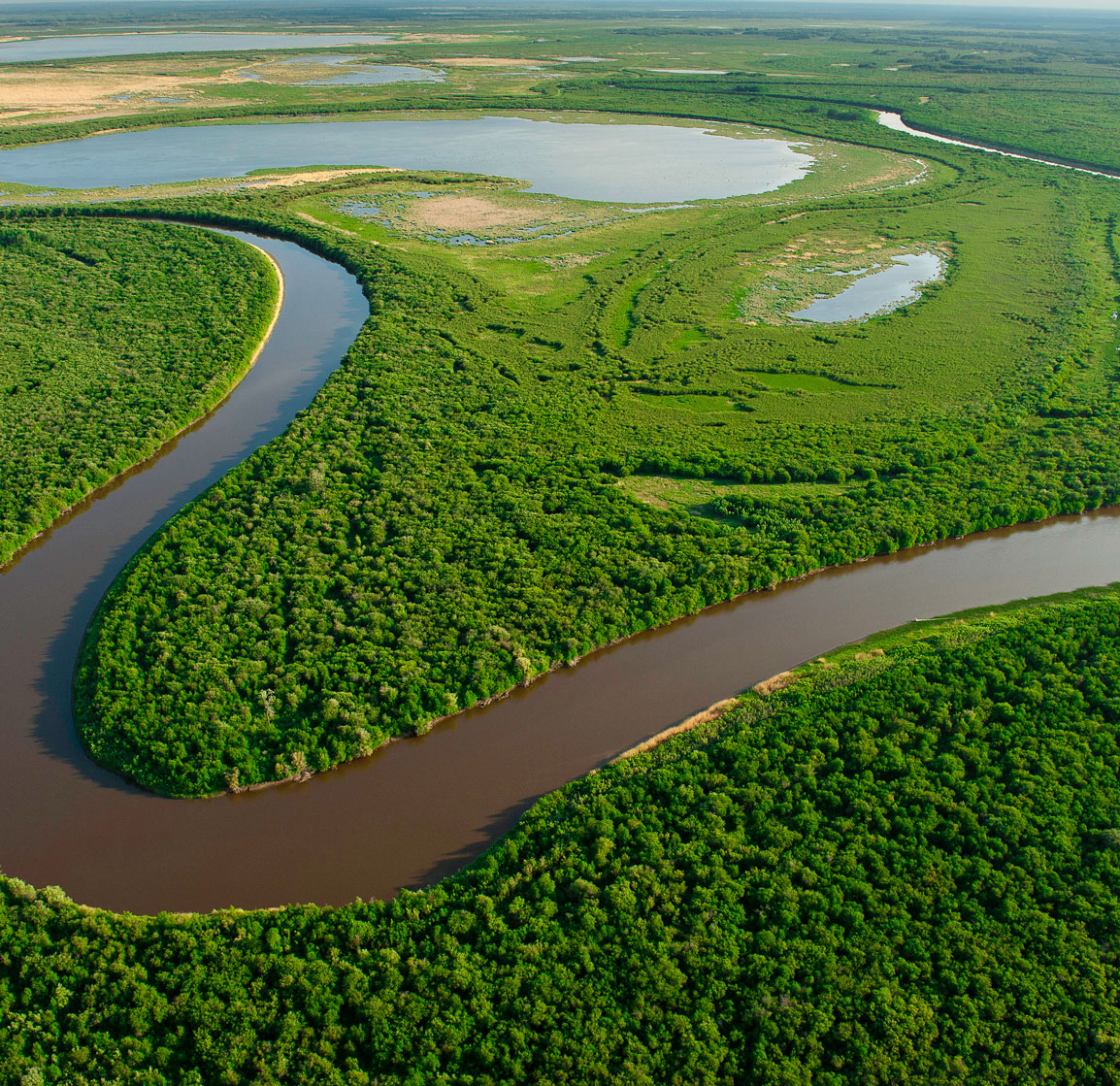
Along the border between Alberta and B.C., K'ih Tsaa?dze Tribal Park spans over a thousand square kilometres. I stood on a well pad at the edge of it, awestruck as I flew a drone over bright green bog and dense spruce forest. While fracking operations have taken over the region, the park has protected this carbon-rich and culturally valuable landscape since the Doig River First Nation established it in 2011.
Land in Canada holds nine per cent of the world’s forests and a quarter of its remaining wetlands. Protecting these is as vital as phasing out our production of fossil fuels. Towering thousand-year-old trees, ancient bogs and fens, coastal seagrass beds — all of it locks carbon away for centuries. Whether it’s coastal rainforests in B.C., Hudson Bay Lowlands in Ontario and Manitoba, the Peace-Athabasca Delta in Alberta and Saskatchewan, or permafrost peatlands of the territories, every province and territory have a duty to keep carbon-rich ecosystems intact.
Creating more parks will help keep carbon in the ground and help species adapt to a warming world. Wilderness and wildlife must be as strong as possible to weather the storm of rising temperatures. That means having room to find new habitat after wildfires or more chances to preserve drought-tolerant trees. For every opportunity we give to nature to survive the climate crisis, it will return the favour.
RESILIENT COMMUNITIES RELY ON BIODIVERSITY
Last year, I hiked into the ancient forests of Argonaut Creek, B.C. to inspect a cut block planned by the provincial government. As I sat in awe among the open canopy out of breath from the hike, it struck me that it was the first time I’d made it to caribou habitat before the logging.
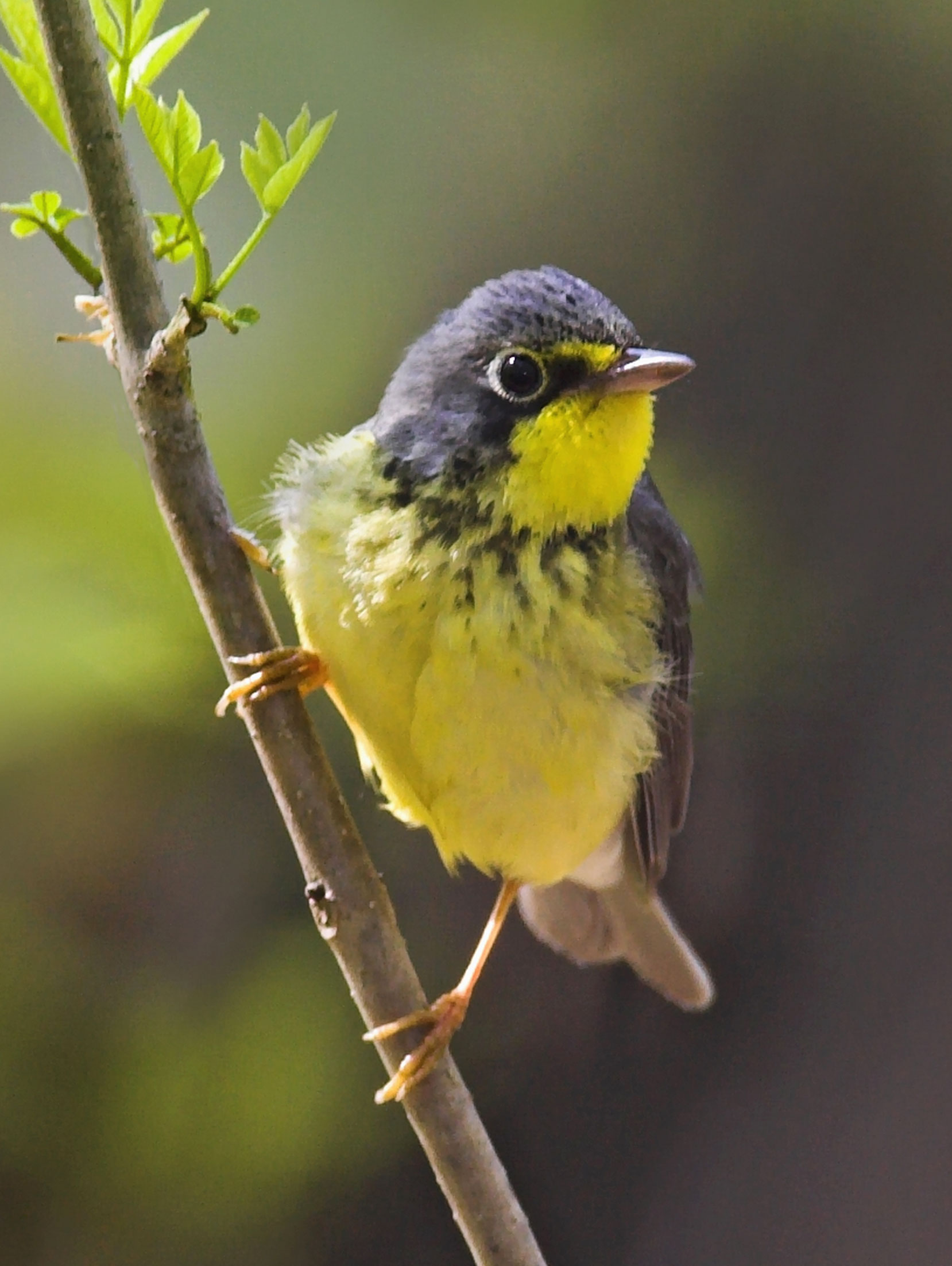
You know you’re in caribou habitat because the trees look different — drooping branches hang heavy with lichen, which only grows on trees over 150 years old and is the primary food for caribou in winter. Trees provide a home for the lichen and the lichen feeds the caribou.
When caribou populations are healthy, they provide sustenance for Indigenous communities. It's this relationship between species, the land and people that must be safeguarded, just as this part of Argonaut Creek has temporarily been.
What makes one ecosystem strong and another weak in the face of destruction? Biodiversity — the variety of life on Earth. The higher the diversity at the ecosystem, species and genetic level, the stronger the web of life becomes. Parks and protected areas safeguard biodiversity in jurisdictions all over the planet.
But too much biodiversity remains threatened. Deforestation wipes out entire habitats. Overfishing reduces species diversity. Habitat fragmentation isolates populations and increases the risk of extinction.
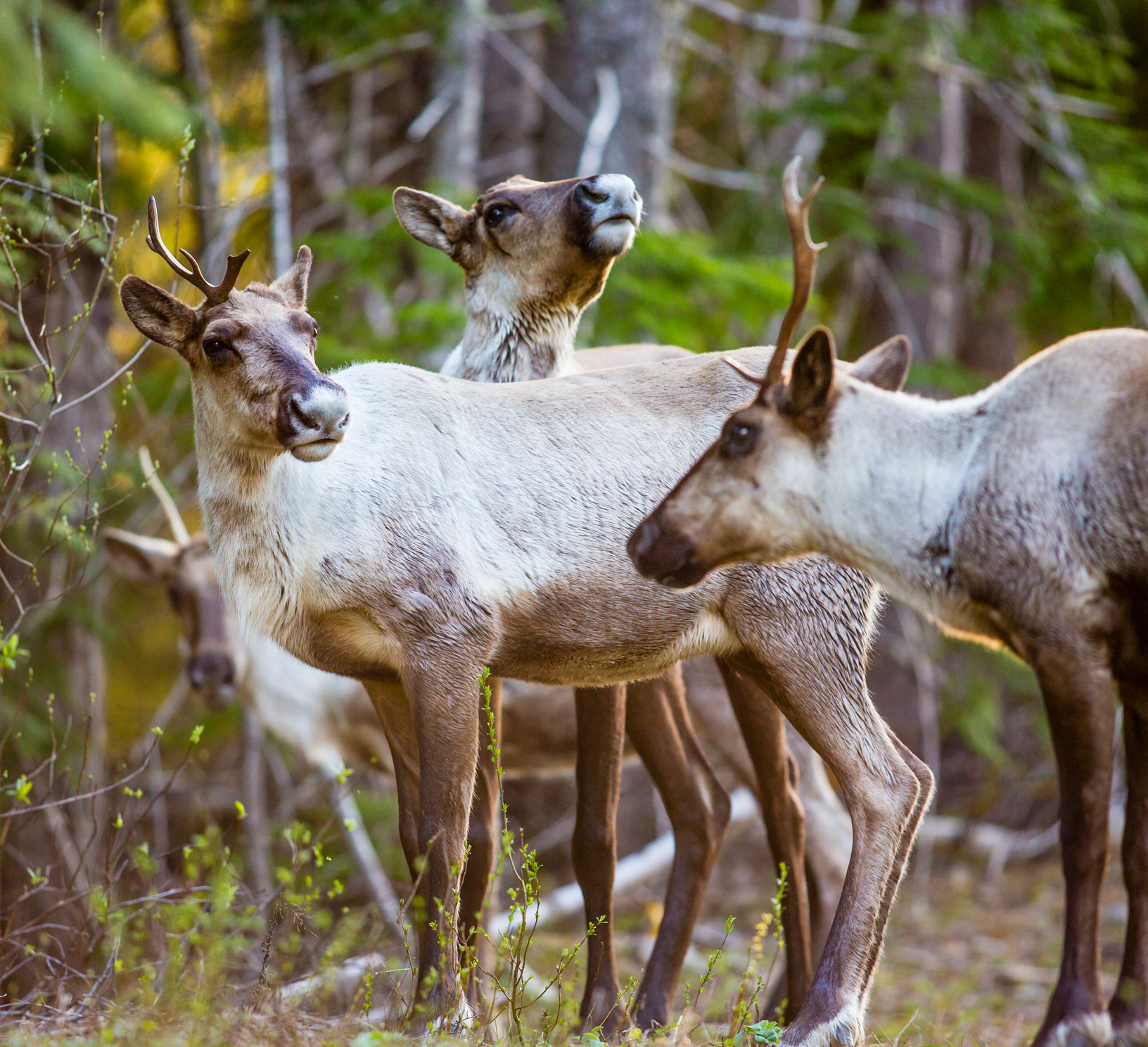
We tend to view nature and humanity as separate things. This mistake is the root of the biodiversity crisis. We’re not separate from nature — we’re part of the network. We’re dependent on old-growth forests just as caribou are. The false idea humans can thrive while ecosystems collapse has caused us to behave recklessly and destroy the nature we rely on.
When we establish protected areas and parks, we need biodiversity preservation at the forefront of decision-making. Indigenous-managed land use plans that include Tribal Parks, Indigenous Protected and Conserved Areas and National Park Reserves support the highest level of biodiversity, followed by parks and protected areas. We need to start acting like our lives depend on healthy ecosystems — because they do.
PEOPLE POWERED TRAILS POWER OUR HEALTH AND ECONOMY
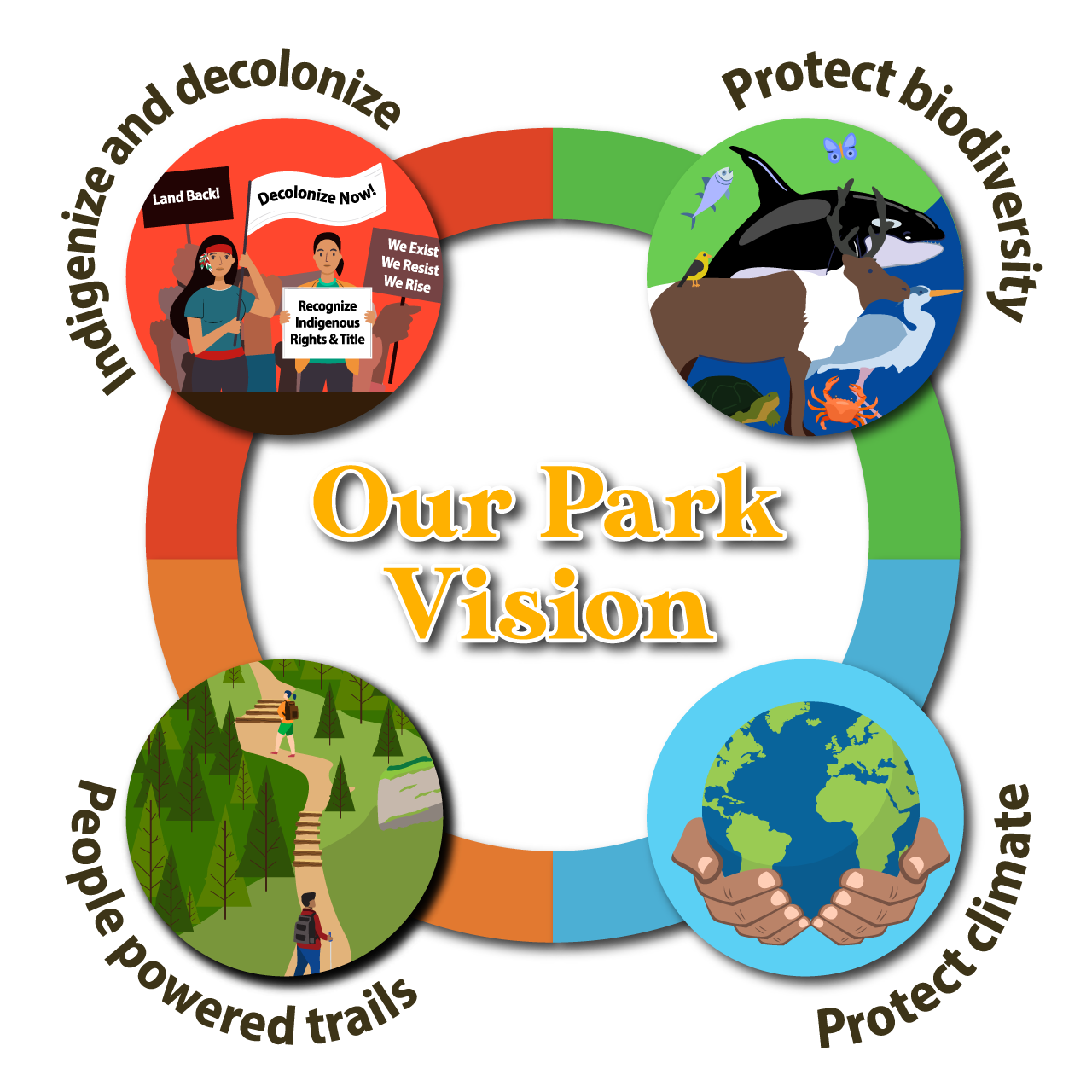
Getting onto trails brings the benefits of intact nature right to us. Just as parks are needed for biodiversity and climate, our health and wellness grow when we’re out in a park. Reflecting on favourite memories, we see gatherings around a park picnic table, enjoying family and sharing stories — wonderful life-shaping experiences.
Provincial park trails are powerful drivers of provincial and territorial economies and healthy lifestyles. In 2019 B.C.'s tourism industry hit a whopping $22.3 billion in annual revenue — far higher than revenues generated by forestry, mining or oil and gas.
However in 2020, the Hunt Lake day hiking trail in Whiteshell Provincial Park in Manitoba was constantly overcrowded, with parked cars causing safety issues on the edge of the narrow main road. And the Alberta government just added a $90 pass to the Kananaskis region because of crowding — a move that excludes folks without addressing the real need for more destinations.
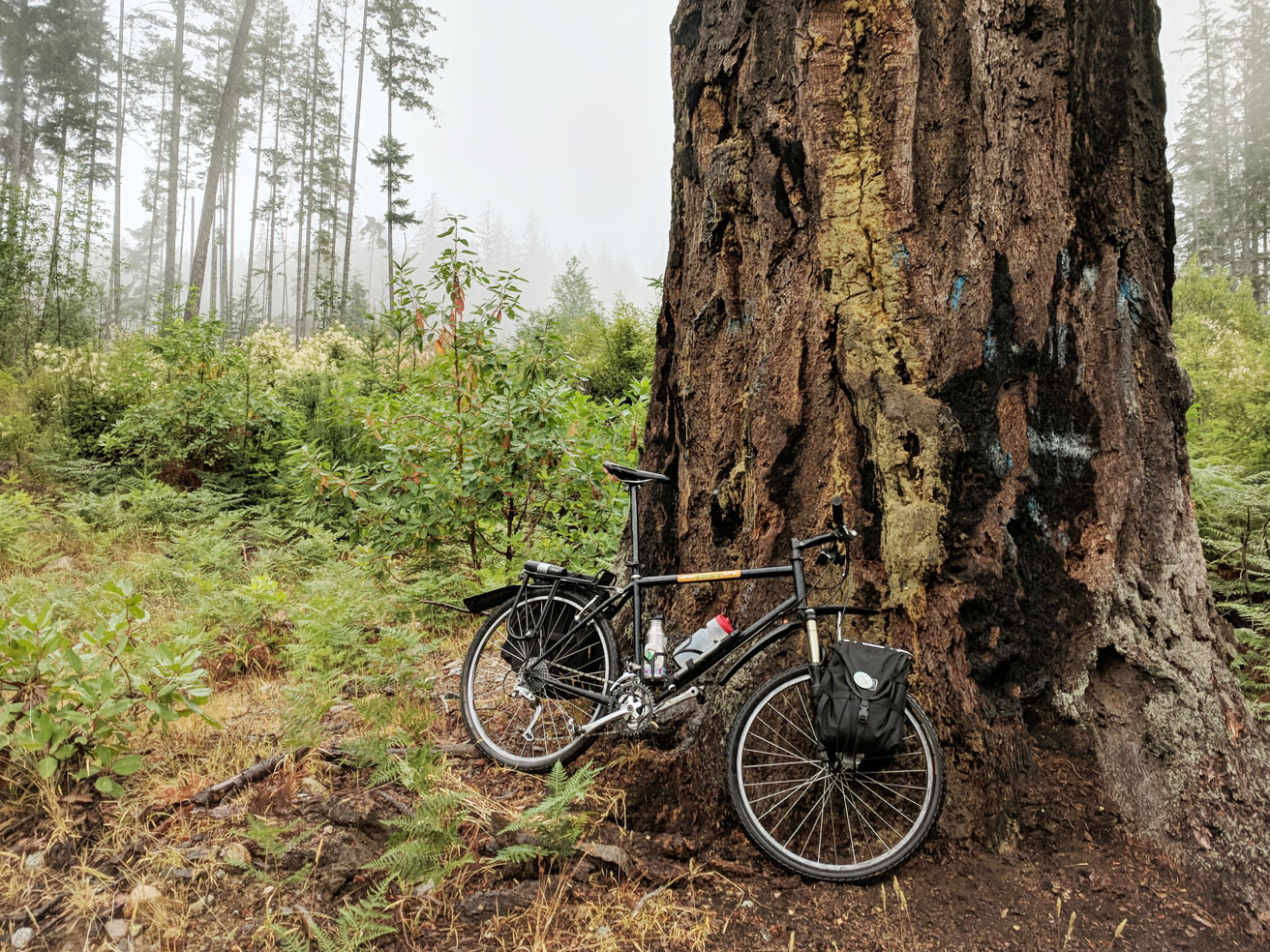
We need more trails and also a budget increase to keep pace with skyrocketing park use numbers.
We can grow parks by protecting trail networks from development. Unfortunately, many favourite hiking and biking trails are located outside parks and can eventually fall prey to development. In Catchacoma, a rare old-growth eastern hemlock forest in Ontario, logging skid roads designed to reach the oldest trees open up paths for destructive ATV activity. These roads also destroy community-built hiking and cross-country ski trails. On the 180 km Sunshine Coast Trail in B.C. offering a stunning coastal forest experience, hikers find their nature getaway interrupted by ugly patches of clearcut logging.
From backpacking to hiking and biking to skiing, people powered trails navigate the way to grow protected areas.
EASY PARK GROWTH: END PARK LOGGING AND MINING
When most people think of parks, they envision refuges for wildlife, clean water, intact forests and connections with nature. However, the word “park” doesn’t always mean “protection.” The shocking truth is while industrial activities have been banned in federal parks since 1930, they still occur in some provincial parks. These activities are often hidden from the public.
On my last trip to Algonquin Provincial Park, I spent days on remote hiking trails with an old friend. We marvelled at old-growth trees but also jockeyed for position in overbooked campsites. I tore myself away from the beauty to investigate logging roads and landings. The difference was jarring. Just kilometres away from people seeking wilderness was a world of barren landscapes. I felt unsafe walking that seemingly endless road, as at any minute a logging truck could come barreling around the corner.
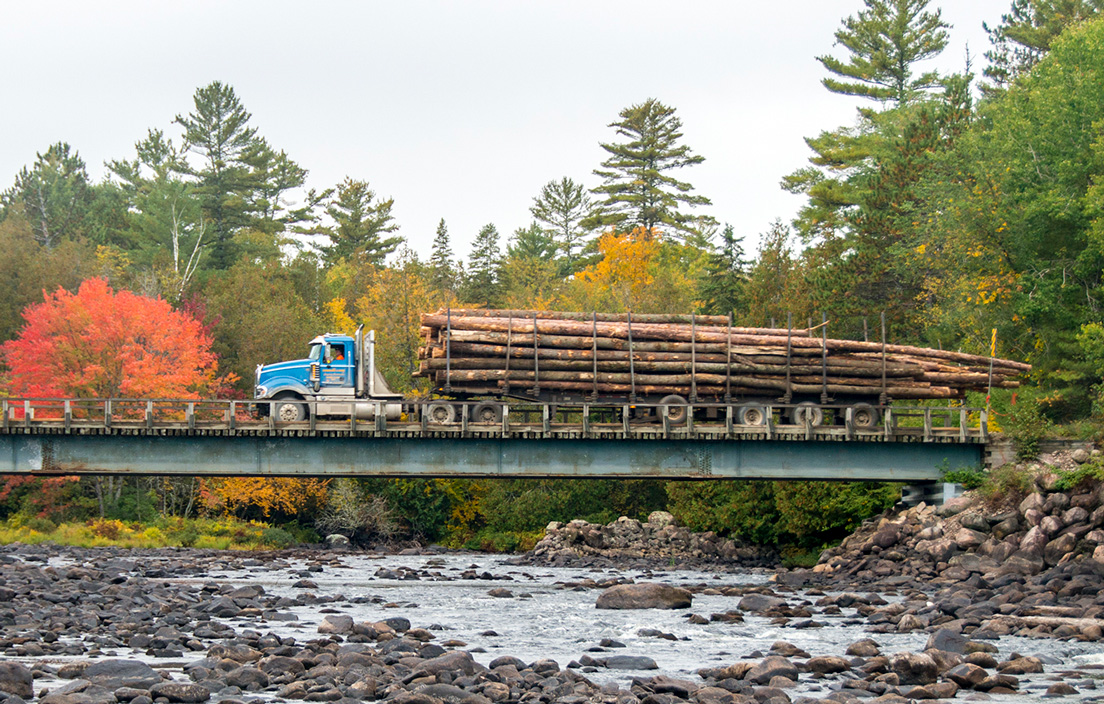
Whether it’s logging in Algonquin and Duck Mountain Provincial Parks in Manitoba, mineral exploration in Whiteshell Provincial Park or construction of the Trans Mountain Pipeline inside Lac du Bois Grasslands Protected Area in B.C., industrial activity makes a mockery of the essential goal of parks: the preservation of biodiversity and access to nature.
Last year, the auditor general of Ontario succinctly cut through the pro-industry blather about benign industrial activity: Algonquin doesn't qualify as a protected area because "commercial logging — an activity that is incompatible with biodiversity conservation — is permitted in the park."
When governments bow to private profit and allow resource extraction in parks, the public interest — now and for future generations — is sacrificed. That’s why efforts to expand parks need to include a ban on industrial activity, to restore the meaning of “park.”
PROVINCIAL PARK POLICY NEEDS COMMITMENT
We know what policy for growing protected areas and parks needs to look like. A plan is only a suggestion unless it includes an end goal detailing how much more will be protected or how many more parks and trails will be established, a timeline to reach the goal and the resources needed to achieve it.
The United Nations and many countries have committed to protecting 30 per cent of lands and waters by 2030. Our federal government is following this commitment. However, there’s a limited amount of federally controlled lands and waters, so the real work must come from the provinces and territories.
However, these governments are at different places in protecting natural spaces and none are doing enough. The Manitoba and Alberta governments are the biggest failures. Manitoba has eliminated the entire Protected Areas Initiative that had been slowly increasing protected areas for 28 years. The Alberta government announced plans to defund, delist or sell more than 100 provincial parks last year — right when the need is greatest.
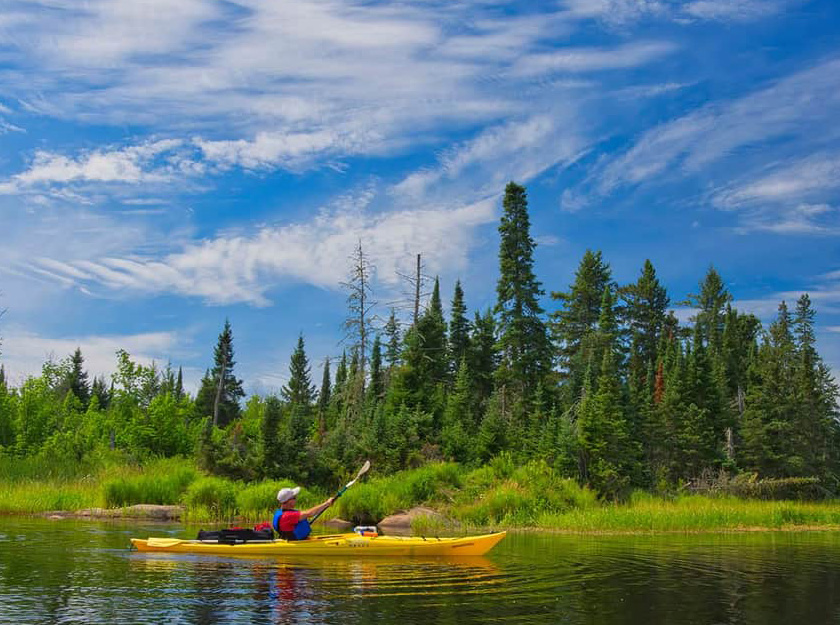
Ontario is also abysmal, announcing they will study more protected areas — a great idea for 1991, not 2021. In 2020 their auditor general criticized a lack of progress regarding Indigenous Protected Areas and the ongoing logging of Algonquin.
A bright spot was the Nova Scotia government’s announcement of 61 new and expanded protected areas this year. Yet plans to sell off Owl’s Head Provincial Park to a private developer for a golf course casts a shadow on the province.
In terms of resource commitment, B.C. has just announced an $83 million boost in funding for a three-year plan to improve and expand provincial park staffing and infrastructure — including additional park rangers, camping spots and hiking trails. But at the same time the B.C. government allows the ongoing decimation of critical mountain caribou habitat and refuses to defer logging in at-risk old-growth forests.
The political erosion of protected areas across the country is an all-hands-on-deck moment that requires commitments, timelines and resources. It’s well within the capability of provincial and territorial governments. It’s time for them to rise to the occasion.

WHOSE JURISDICTION IS IT ANYWAY?
Land use decisions across Canada are the responsibility of provincial and territorial legislation, except on federal land. The federal government must coordinate with provinces to carry out their commitment to protecting nature. However, provincial governments are reluctant to stand up to logging and mining corporations that seek to disturb nature.
The reality is all lands and waters here are the territories of Indigenous Peoples. Rather than making jurisdictional excuses that delay, provincial and territorial governments must expedite and fund nation-to-nation discussions with all Indigenous Peoples about nature protection.
NON-RADICAL MOVEMENT TO NURTURE NATURE
So far we have failed to stave off the impending destruction of our global life support system. It’s a dreadful fact to absorb. We know what action is needed for our very survival and we’re not doing it. This floundering on biodiversity and protected areas is decades old and has to change. Prioritizing nature to course correct is the simple, logical answer.
It isn’t 1992 anymore when the world committed to preserving a meagre 12 per cent of the planet. Canada continues to lag behind this sad goal and only two of the provinces and territories have reached this target. Countries like Tanzania, New Zealand and Costa Rica have all protected more than 25 per cent of their land.
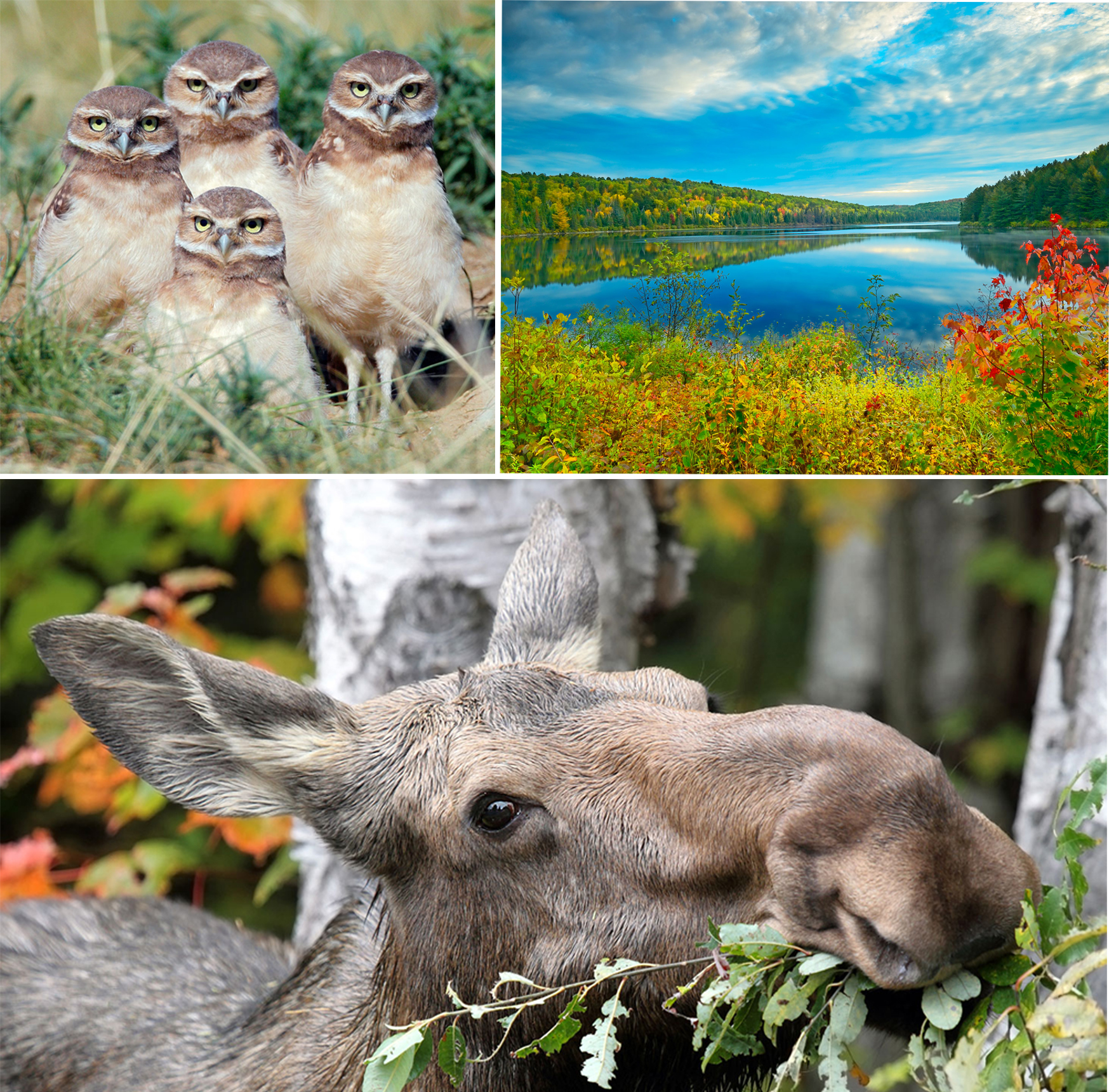
It’s not 2008 when a gentle green shift was suggested to act on climate and the federal Species at Risk Act was going to protect biodiversity. There was no sway away from burning fossil fuels. Hundreds of endangered species don’t have action plans while we obliterate their habitat.
In 2021, we need the establishment of parks and protected areas elevated from the environment ministry. Parks aren’t a luxury item but critical infrastructure. Parks and protected areas must be integrated into the government’s education and health departments. They must hold power over logging, mining and all economic development departments.
Nature must come first. Some will say this is radical, but protecting our life support system is the most rational thing we can do.
GROW PARKS AND PROTECTED AREAS
DONATE
Your gift will be put towards critical work to decolonize parks, protect more wilderness, preserve biodiversity, take action on climate and provide more natural outdoor destinations.